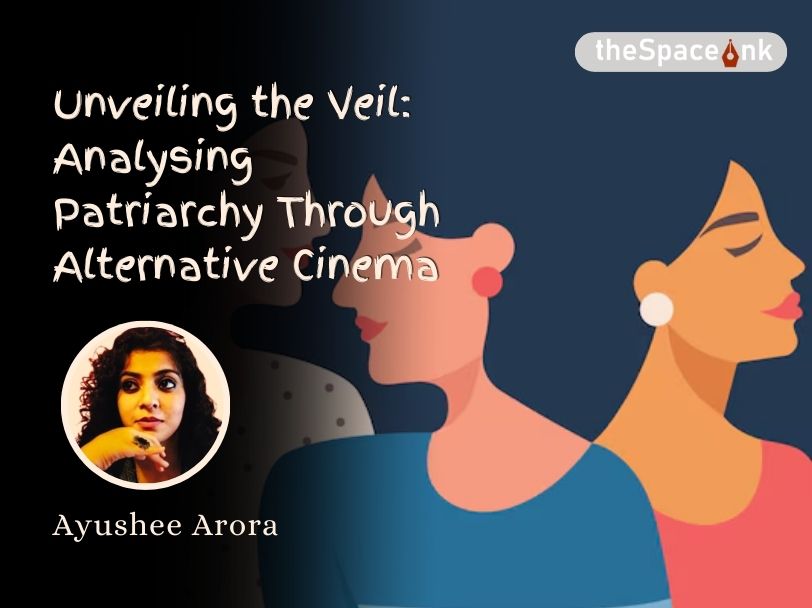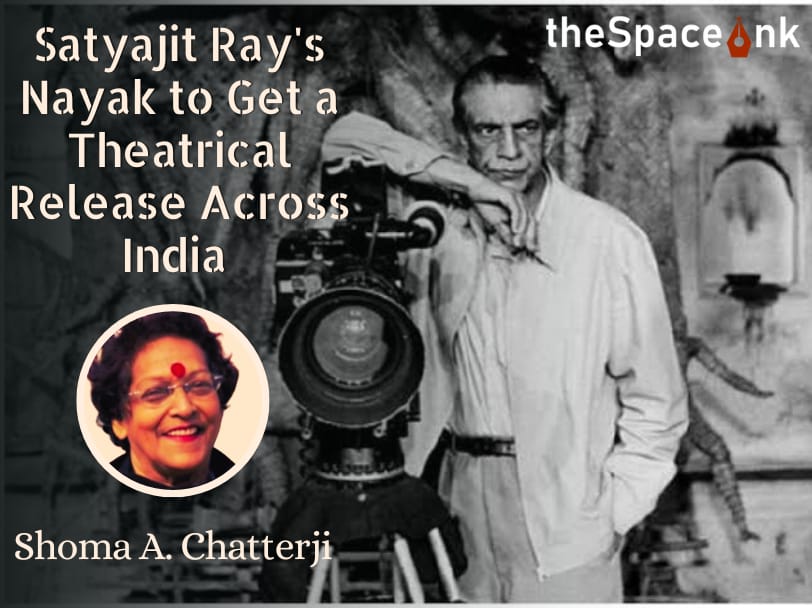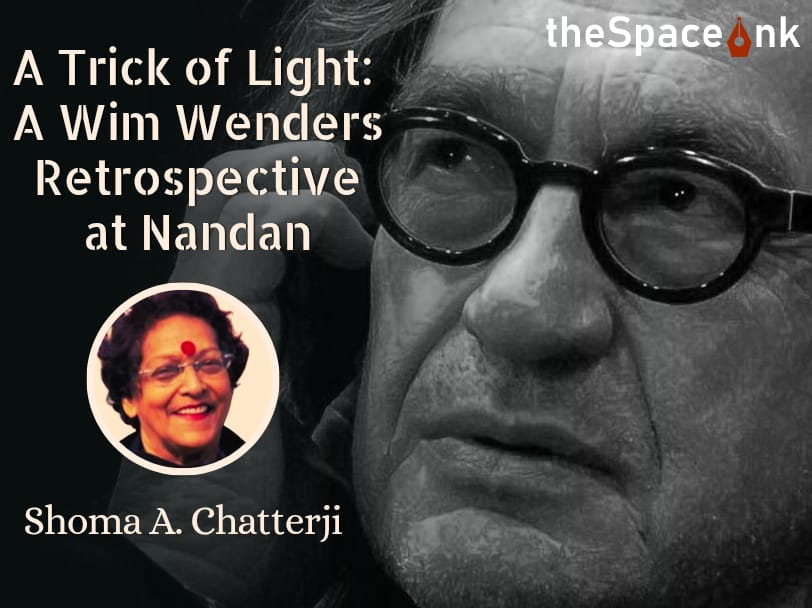The human quest for knowledge never ceases to amaze me; neither does our zeal to preserve and safeguard it during troubled times of tyranny and desperation. It has been truthfully said, desperate times call for desperate measures. Take the curious case of the American-English Library of Nice, France, a city where I have been dwelling with my bibliophilic-self for the last half a decade. But what makes the history of yet another library so enticing? Let’s paraphrase from historian Judit Kiraly, the head of the library’s administrative committee.
The English Library at Nice is the largest in Southern Europe. It has been located at the same place for the last 160 years, inside the neo-Gothic Holy Trinity English Church’s campus, though the actual building has changed. The present church was built by the English architect Thomas Smith between 1860-1862. Later a Vicarage, a Church Hall and a Library to the south was added by Aaron Messiah. That library was demolished in 1959, the current one is located in the basement of a small building in the backyard.

In the early 1800s, primarily attracted by the fresh Mediterranean air, English nobility started to arrive in Nice. This influx led to the creation of English-speaking businesses, a Church and this small library. The library began as an exchange of books between families in the 1820s. Later with the aid of the English Church’s collection of religious works the first organised Library was established in 1852. In the early 1900’s the regular visits of Queen Victoria to Nice made the destination quite popular.
But the most astonishing piece of theatrics unfolded in 2019, when the library received a phone call from the Lyon Public Library intimating the discovery of boxes filled with books exhibiting the library’s stickers. A similar event also triggered in the local hotel Busby’s cellar where an enormous bookcase was found with an old collection. Naturally the question surfaced, what happened to these books?

A collective effort
During the Second World War and especially in 1943 the library faced serious difficulties as it was often visited by a German official of ‘good taste’ who used to feast on many of its valuable collections for his own private library. Additionally, the local English-speaking Freemasons and other anti-Nazi undercover groups also used to conduct regular meetings in the library. Hence, the regular visit from this officer was making things risky and the library decided to close down. A collective humanitarian act overtook the crisis. Each of the library members started carrying books to their homes to safeguard them from the possible menace of war. Not only the members, but one of the influential patrons, the Swiss Consul also generously managed to get crates of books to unknown places of safety.
Soon after the arrival of the American 6th Fleet in Villefranche in 1944 and after the war the library reopened as the American-English Library and books began to return back. One of the oldest members, Mrs Helen Campbell remembers that even in the early 60’s she received parcels from Lyon from someone sending back his portion. And most recently, the lot discovered in the Public Library of Lyon was found to be a part of the huge collection saved by the generous Swiss Counsel.

And this is how a country’s own people stood up to fundamentalist forces in a silent protest to protect their cultural-capital, knowledge and pride and got them all back to where they belonged eventually. The question is, can we?
Saving a library
It was 10 past 12 on a Saturday afternoon. Me and Tatia were walking back home through the quintessential art-deco Nicois slumber. Tatia, an independent short film maker who discovered the library quite recently after the pandemic has become an active volunteer of the cause and has been shooting a series of videos on the library. When asked about her relentless dedication towards this age-old institution, she says- “It is one of my favourite places. It is another world, it’s time travel to another dimension. I like the unpolished spontaneity that the space has to offer. It is not very structured, and I like this another-world side of it. I love the actual easiness of the place; it is not constrained by rules. It has that human side to it!”
She and other committee members of the library often talk about their day-to-day financial struggles, related mainly to Brexit and COVID. Yet, the days keep rolling and the entangled existence of a few vibrant bibliophiles keeps this “petite” hub of cultural and humanist antiquity beating and healthy in its own soothing pace! As music composer and committee secretary Drake Mabry puts it, “We do have a vision, but it is not a place where we are in a hurry to reach by-hook-or-by-crook!”

Amid this eternity of human-knowledge confluence, among the humanist vividity of this tiny city’s cultural aesthetics, its people and their urban vulnerabilities, I have finally found my humble abode; that too during these dreadful days of polarized corporate antipathy. Similar stories of cultural affluence, integration and antiquity are to be found scattered throughout the historic stream-yard of our everyday world. All we need is to keep telling them aloud, wherever and whenever possible. For, we the people, have the power to preserve, to nurture diversity in its varied forms.
Archiving is indeed a political way of life!
Images courtesy: Rupak bardhan Roy & Tatia She.
Rupak Bardhan Roy works as a scientist for GE Healthcare. He had pursued hi PhD from the Sabanci University, Turkey and currently lives in Nice, France. His likes to write about the travel and food expeditions on which he often embarks. His interests include notaphily, music, numismatics.








2 Responses
What a lovely article about our little community library. Thank you for writing about us, we are happy to provide a refuge to the mind.
test